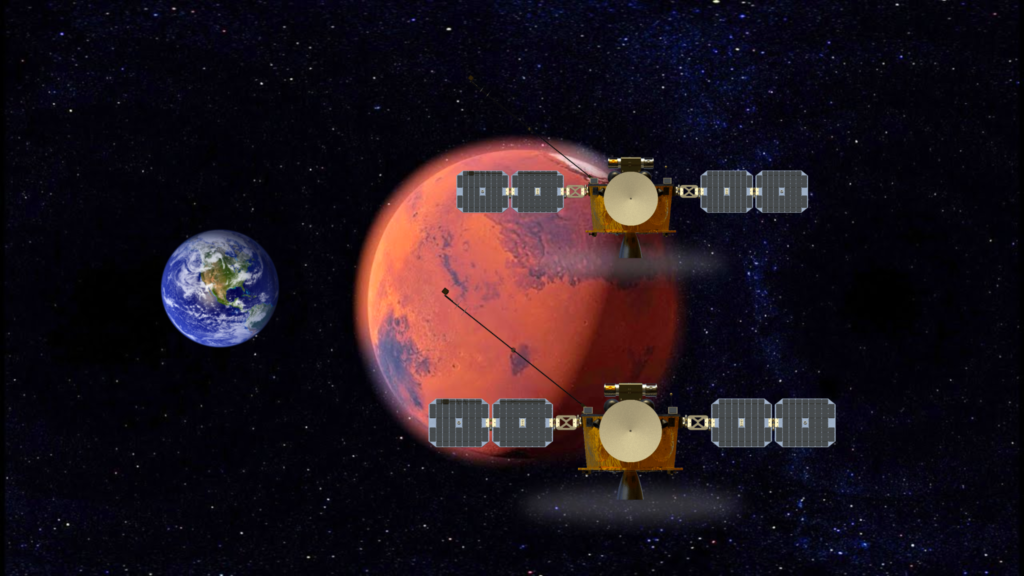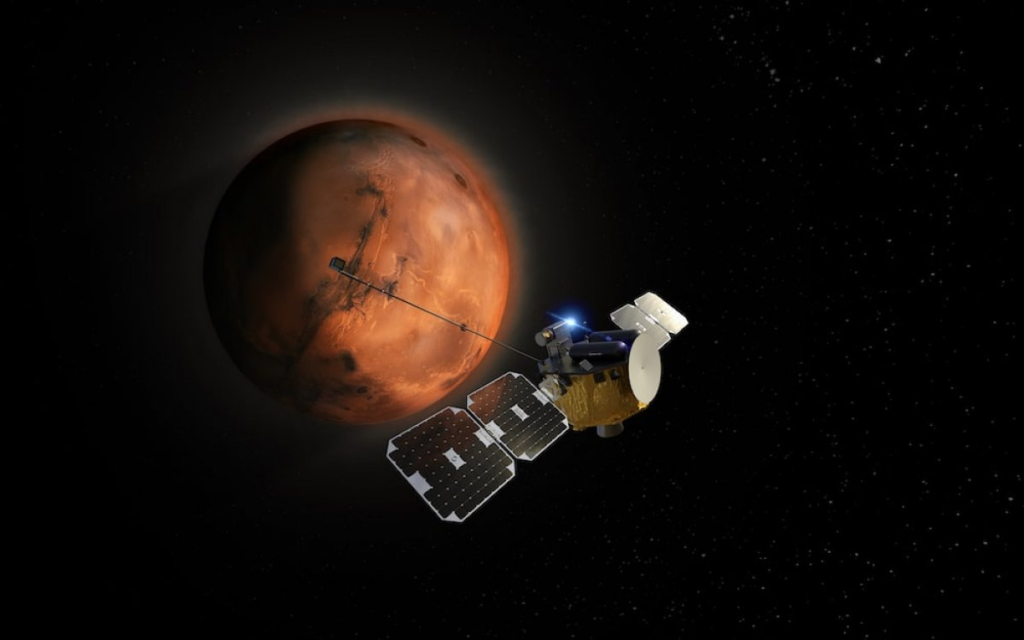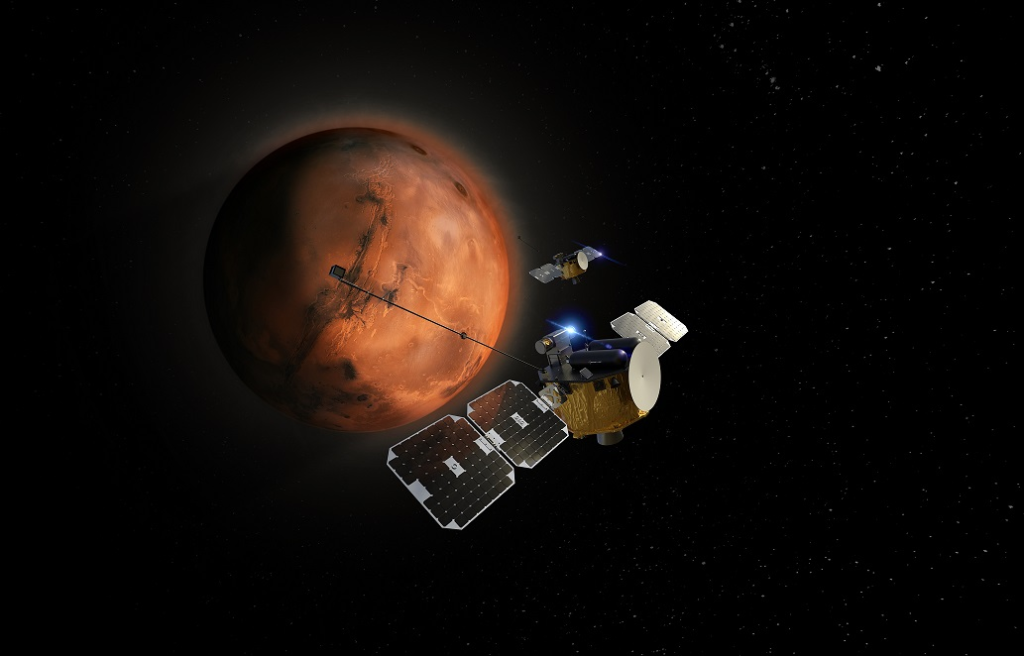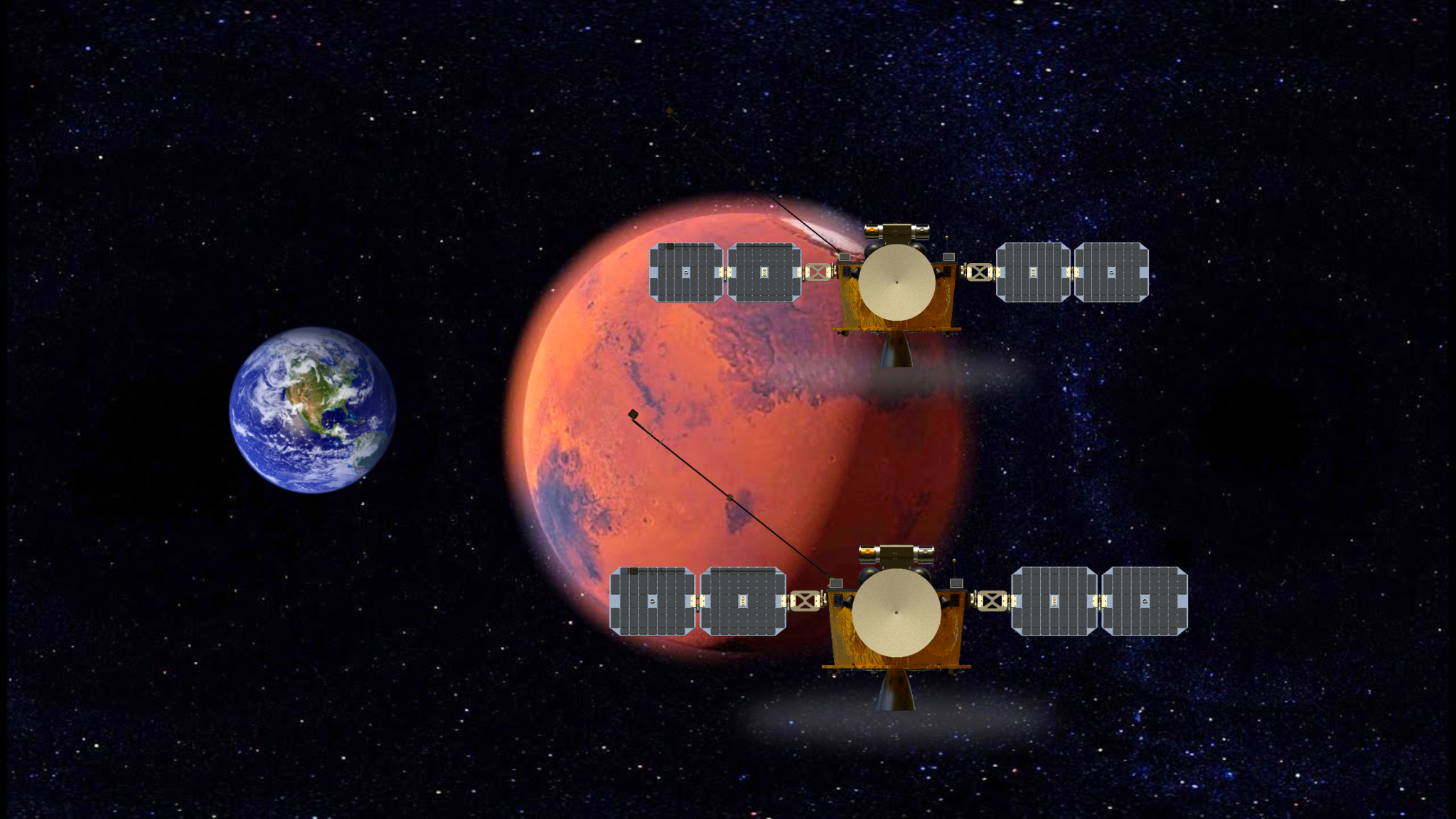
A Closer Look At Rocket Lab’s Upcoming Mission To Mars
Rocket Lab has proved they are capable of much more than just launches into low Earth orbit. This being the case even though Electron is a small lift launch vehicle. Not long ago the CAPSTONE mission proved the effectiveness of Electron when combined with a mission specific Photon spacecraft. Now the company is working toward a much more ambitious mission to Mars.
Recently Rocket Lab gave some more information and general updates regarding Photon and the upcoming mission to Mars. During the Investor Day, they highlighted some of the impressive things Photon has completed and how it acts as a stepping stone for the mission to Mars. However, in this mission, Rocket Lab will be sending two Photon spacecraft instead of one, also launched on a different rocket.
As time goes on Rocket Lab continues to make improvements on different technology and attempt even further missions. Not to mention the additional upcoming mission with Photon headed all the way to Venus. Here I will go more in-depth into any recent updates on the mission to Mars, what the mission entails, future plans, and more.
Recent Mars Mission Updates

Back in August of 2021, Rocket Lab announced it would begin final mission design and commence manufacturing two interplanetary Photon spacecraft for a science mission to Mars, delivering Decadal-class science at a fraction of the cost of typical planetary missions. However, this was the initial announcement, and we have received some additional information in the last few months. Just over a week ago on September 21st, Rocket Lab hosted its official Investor Day 2022. Here they presented a large host of information including Neutron, Electron, future plans, and much more. Included in this presentation were also some details on Photon and some of its upcoming missions such as the one to Mars. They highlighted how significant of an endeavor CAPSTONE was and the amount they learned in the process of designing and launching the Photon spacecraft that managed to successfully deploy the payload on a trajectory for the Moon. To put this in perspective, they pointed out some firsts of this mission including the first deep space mission, the first use of Lunar Photon, a high energy Rocket Lab-designed and built spacecraft, the first time planning and executing lunar trajectories, and many more. This led them into talking about the upcoming Venus and Mars missions. Now that they have the capability for such unique missions and trajectories, they plan to use it as much as possible.
In addition, on September 21st, Rocket Lab tweeted saying, “Since we went to the Moon with Photon, it’d be rude not to go farther.” This included an image of both the Venus and Mars renders. The last update we got before this was also not long ago in July of this year. Then they tweeted mentioning, “Photon set #CAPSTONE on a path to the Moon. Now it’s bringing Mars within reach too. Right now we’re developing two Photon spacecraft for the @NASA-funded @UCBerkeley ESCAPADE mission to study the red planet’s atmosphere and past.” You can see a common theme going back to the various lessons learned and confidence gained from the mission to the Moon.
Mission Overview

In 2021 Rocket Lab was awarded a subcontract by the University of California Berkeley Space Sciences Laboratory (UCBSSL) to design two Photon spacecraft for a scientific mission to Mars. The Escape and Plasma Acceleration and Dynamics Explorers (ESCAPADE) mission will orbit two Rocket Lab-built Photon spacecraft around Mars to understand the structure, composition, variability, and dynamics of Mars’ unique hybrid magnetosphere. The mission will also support crewed exploration programs like Artemis through improved solar storm prediction.
ESCAPADE is the latest of only three missions proceeding under the current round of NASA’s Small Innovative Missions for Planetary Exploration (SIMPLEX) program to conduct compelling planetary space science with small satellites and provide more opportunities for flight experience to the science community. The ESCAPADE mission, led by principal investigator Robert Lillis at the University of California, Berkeley, is the latest SIMPLEX mission to pass Key Decision Point-C (KDP-C), confirming it for implementation in preparation for launch to Mars in 2024. The ESCAPADE mission is managed by the NASA Science Mission Directorate’s Heliophysics Division and will be the first Heliophysics mission to visit another planet. At the time of the announcement, CEO of Rocket Lab Peter Beck said, “ESCAPADE is an innovative mission that demonstrates that advanced interplanetary science is now within reach for a fraction of traditional costs, and we’re proud to make it possible with Photon,” he said. “Passing the Key Decision Point is a critical milestone in ESCAPADE’s development and is testament to the world-class science and engineering work of the UC Berkeley and Rocket Lab teams. We are delighted to receive the green light from NASA to proceed to flight.”
Following deployment from a NASA-provided commercial launch vehicle, the pair of Photons will conduct an 11-month interplanetary cruise before inserting themselves into elliptical orbits around Mars to begin the science phase. Both Photons incorporate satellite subsystems developed and manufactured by Rocket Lab, including star trackers, reaction wheels, ranging transceivers for deep space navigation, and in-space propulsion systems. By leveraging vertically-integrated spacecraft manufacturing, the ESCAPADE mission will be delivered at a fraction of the cost of traditional planetary missions. This supports U.S. national strategy for Decadal-class science by increasing the pace of scientific discovery and enabling more sustainable crewed exploration by improving our understanding of the space environment.
The Photon small spacecraft is based on the heritage Electron launch vehicle Kick Stage, leveraging numerous components that have significant flight heritage, including the Curie engine, an in-house designed and developed in-space propulsion system. In most cases, Photon flies as the upper stage of Electron, eliminating the parasitic mass of deployed spacecraft and enabling full utilization of the fairing. However, Photon can also fly on other launch vehicles, in particular using ESPA ports as a secondary payload. This feature is necessary for missions like the one to Mars as Electron will not be the launch vehicle but instead, a NASA provided commercial option. One unique aspect of Photon is the fact that it’s a configurable platform. Photon can be tailored to meet unique mission requirements. From mass manufacture as a streamlined constellation offering, to a single customized technology demonstration spacecraft, Photon can easily be adapted to make a host of missions possible. We are seeing this aspect in real time as the company announces a mission to the Moon, Mars, and Venus.
Peter Beck has also said, “This is a hugely promising mission that will deliver big science in a small package. Planetary science missions have traditionally cost hundreds of millions of dollars and taken up to a decade to come to fruition. Our Photon spacecraft for ESCAPADE will demonstrate a more cost-effective approach to planetary exploration that will increase the science community’s access to our solar system for the better.”
Using instruments to measure magnetic fields, ions, and electrons, the ESCAPADE spacecraft will analyze how Mars’ magnetic field guides particle flows around the planet; how energy and momentum are transported from the solar wind through Mars’ magnetosphere; and what processes control the flow of energy and matter into and out of the atmosphere. “Our heliophysics decadal surveys” – the community-wide survey used to set NASA’s scientific objectives – “have identified the scientific need to study the space environments of other planets,” said Jared Leisner, ESCAPADE program scientist at NASA HQ. “By studying the same processes at different planets, we gain key insights into how they function both at Earth and at other planets beyond the solar system.”
NASA’s ESCAPADE mission, passed a mission review on August 17, 2021, moving the mission into its next phase with a new target launch readiness date of October 2024. The review, Key Decision Point C, evaluated the mission’s preliminary design and project plan to achieve launch by its target launch readiness date. With the successful review, ESCAPADE now moves into phase C, which includes the final design of the mission and building of the instruments. “We are thrilled to pass this critical milestone, the culmination of two years of science and engineering work from a talented and dedicated team at UC Berkeley and our partners,” said Rob Lillis, space physicist at UC Berkeley and principal investigator for ESCAPADE. “We’re very excited to now move towards final designs, assembly, test, launch and get on our way to Mars. As of right now, the company continues to make progress on the spacecraft as they work toward a launch date not far away in 2024.
Conclusion
Rocket Lab has been very busy as they work to become a one stop shop within the space industry. After the successful completion of the CAPSTONE Moon mission, they are moving on to even more ambitious missions including sending two Photon spacecraft to Mars. They recently gave some more updates on this goal and how they plan to achieve it. We will have to wait and see how it progresses and the impact it has on the space industry.
